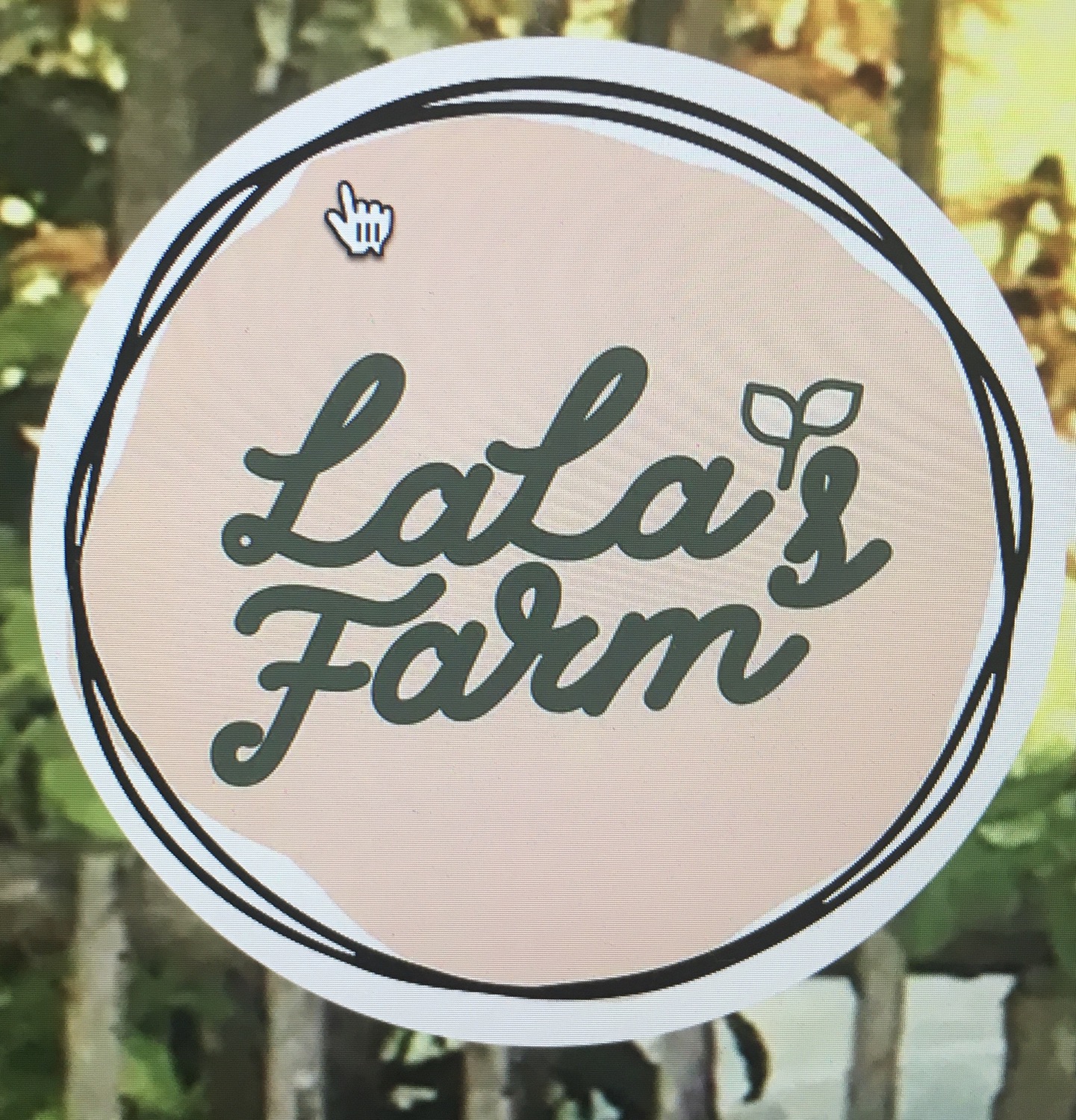"How to Maximize Your Garden Space with Raised Bed and Square Foot Gardening"
- LaLa

- Mar 8, 2024
- 3 min read
Updated: Dec 23, 2024
Gardening is not just a hobby; it's a way to connect with nature, produce fresh food, and beautify your surroundings. Raised garden beds, combined with mulch and square foot gardening methods, offer numerous advantages for both novice and experienced gardeners. In this blog, we'll explore the benefits of raised garden beds, the role of mulch in gardening, and how square foot gardening can maximize your yields and space efficiency.
Benefits of Raised Garden Beds:
1. Improved Soil Quality: Raised garden beds allow for better control over soil composition, drainage, and aeration. You can customize the soil mix to suit the needs of specific plants, leading to healthier growth and higher yields.
2. Enhanced Drainage: By elevating the planting area, raised beds prevent waterlogging and soil compaction, ensuring optimal drainage. This is especially beneficial in areas with heavy rainfall or clay soil.
3. Weed Suppression: The defined boundaries of raised beds make it easier to manage weeds. With proper mulching and maintenance, weed growth can be significantly reduced, saving time and effort for the gardener.
4. Extended Growing Season: The soil in raised beds tends to warm up faster in the spring, allowing for earlier planting and extending the growing season. Additionally, the elevated height can protect plants from late frost damage.
5. Accessibility: Raised beds are ideal for gardeners with physical limitations or those who prefer to garden at waist height. They reduce the need for bending and kneeling, making gardening more comfortable and enjoyable.
Role of Mulch in Gardening:
1. Moisture Retention: Mulch acts as a protective layer, reducing evaporation and conserving soil moisture. This is especially crucial during hot summer months, helping plants withstand drought conditions.
2. Weed Control: Mulch suppresses weed growth by blocking sunlight and preventing weed seeds from germinating. Organic mulches, such as straw or wood chips, can also be beneficial as they decompose, adding nutrients to the soil.
3. Soil Insulation: Mulch provides insulation against extreme temperatures, keeping the soil cooler in summer and warmer in winter. This helps maintain a stable environment for plant roots and microbial activity.
4. Erosion Prevention: By covering the soil surface, mulch reduces erosion caused by wind and water. It stabilizes soil particles, preventing them from being washed away during heavy rains or strong winds.
Square Foot Gardening:
1. Space Efficiency: Square foot gardening involves dividing raised beds into square foot sections, optimizing space and maximizing yields. This method is particularly useful for small or urban gardens where space is limited.
2. Intensive Planting: Square foot gardening encourages planting in closely spaced grids, minimizing wasted space and allowing for higher plant densities. This results in higher productivity per square foot compared to traditional row gardening.
3. Easy Maintenance: With clearly defined planting areas, square foot gardening simplifies maintenance tasks such as watering, weeding, and fertilizing. Gardeners can easily access each square foot without disturbing neighboring plants.
4. Crop Rotation: Square foot gardening facilitates crop rotation by rotating plant families within each square foot section. This helps prevent soil depletion and reduces the risk of pests and diseases.
Raised garden beds, mulch, and square foot gardening are powerful tools that can revolutionize your gardening experience. By combining these methods, you can create a thriving garden that produces abundant harvests while minimizing maintenance and maximizing space efficiency. Whether you're a beginner or a seasoned gardener, incorporating these techniques will help you reap the benefits of a bountiful and sustainable garden year after year










